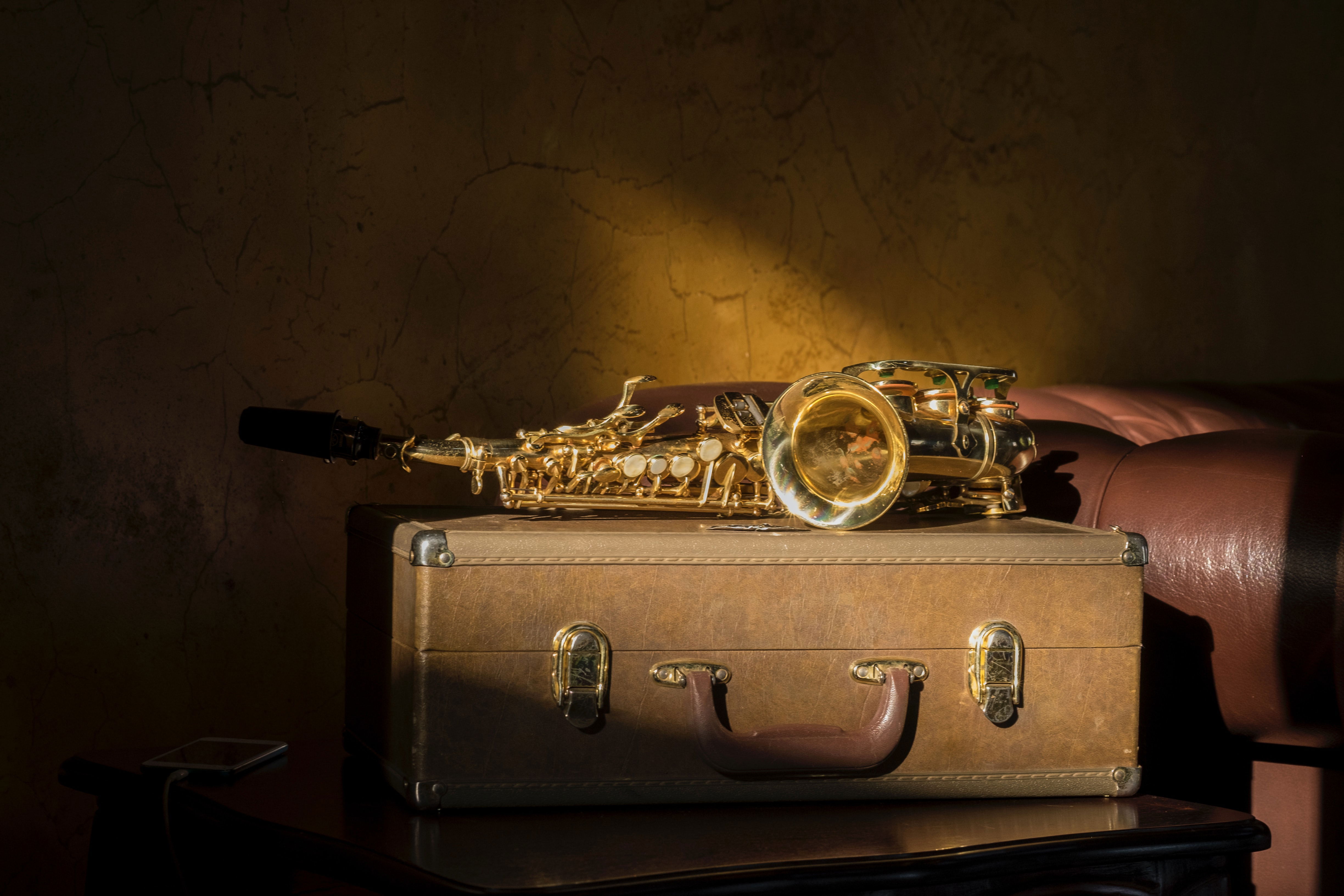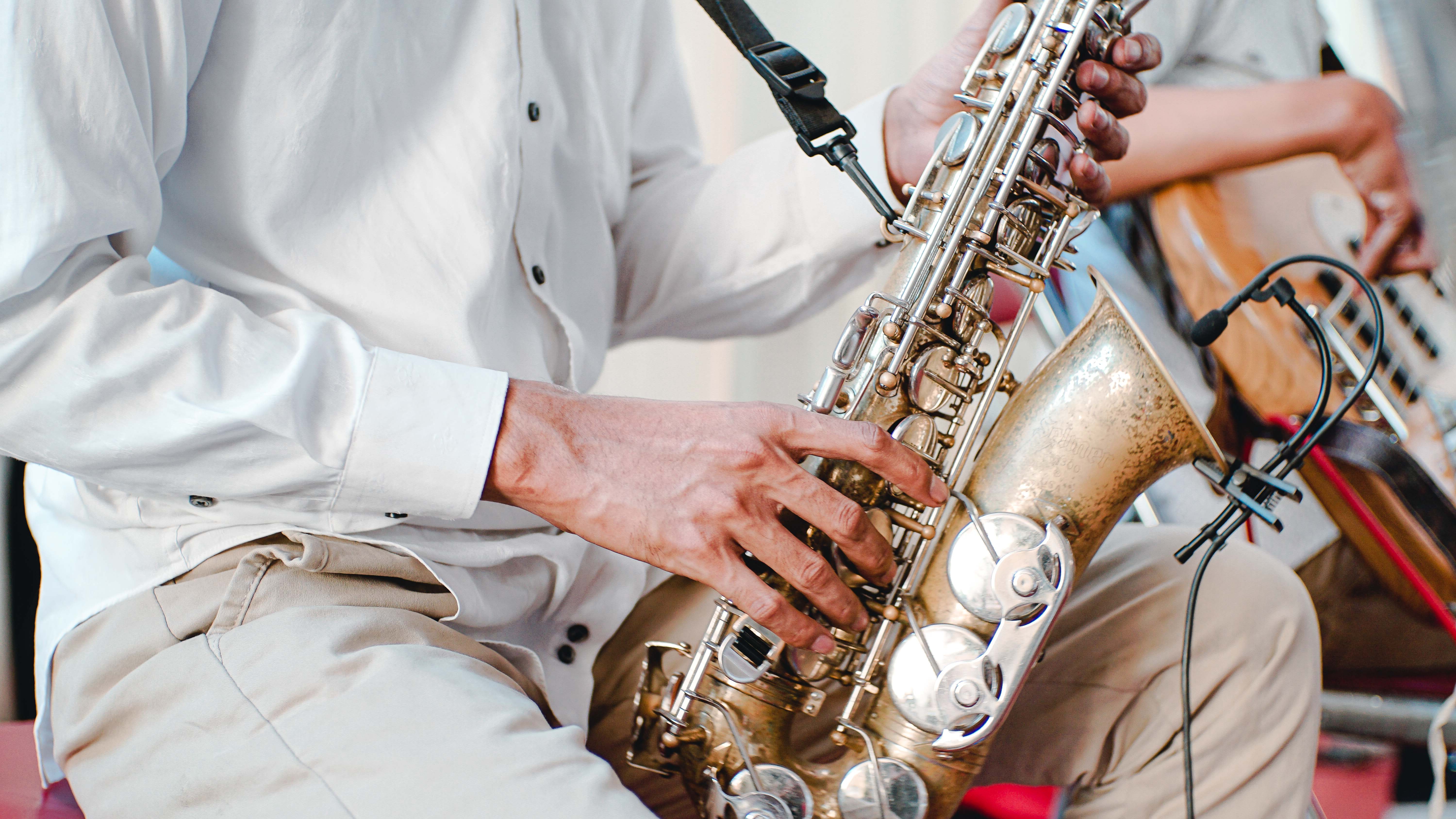Things to know about a saxophone before joining lessons
Learning the saxophone can be a very fulfilling and rewarding journey for both beginners and enthusiasts. It is known for its versatile range, expressive tone, and dynamic presence in different genres like pop, classical, and jazz, which makes it popular among the exploding musicians. However, before you enroll in saxophone lessons in Singapore, it is crucial for you to understand the fundamentals of the instrument. You have to have a proper understanding of types, structure maintenance, and what to expect of you as a beginner. When you are informed, it will not only help you to appreciate the learning process, but it will also equip you with realistic expectations. So, in this blog, we will work you through the most important things that you need to know before you take part in saxophone lessons in Singapore.
Types of saxophone and their differences
Before you sign up for saxophone lessons in Singapore, it is important for you to have an idea that there are different kinds of saxophones available in the market. The four most common types that are chosen include soprano, alto, tenor, and baritone saxophone. Each type of saxophone varies in pitch, sound, and size. Beginners mostly start with the alto saxophone due to its lighter weight and smaller size, which makes it easier to handle. The tenor saxophone is much larger and produces a deeper sound, while the baritone has the lowest pitch but is heavier. It is important that you have knowledge of these differences, as it will help you to make the right choice of an instrument that matches your musical preferences, goals, and physical comfort level.

Anatomy of a saxophone
When you have an understanding of the basic parts of a saxophone, you will find it easier to learn this instrument. The major components include the mouthpiece, body, and neck. Inside the mouthpiece, you will find an attached reed that vibrates to produce sound when air is blown through it. The body has keys that open and close holes to alter the pace. Some saxophones have up to 23 keys, which might be a little bit overwhelming for beginners to start with in their initial days. When you know these parts and their functionality, you will find it easier to take saxophone lessons in Singapore, as it becomes more meaningful when instructors refer to specific areas while teaching fingering techniques.
Importance of breath control and proper posture
Breath control and posture are fundamental to saxophone playing. While it is known for being a hard instrument, it requires heavy breath and support to produce strong and clear tones. You will learn to breathe from your diaphragm and not from your chest, and control the air flow steadily. Similarly, maintaining the correct posture, relaxed shoulders, aligned neck, and straight back is important to prevent fatigue and improve air flow. Beginners, who generally ignore posture, mostly struggle with endurance and tone quality. A good saxophone teacher will constantly remind you about these aspects during your saxophone lessons in Singapore, as they significantly have an influence on your performance and comfort during the practice session.

Maintenance and care for your saxophone
Saxophones are delicate instruments that require regular maintenance to function properly and last long. After each practice, you should clean the mouthpiece, swab the body, and dry the reed to prevent moisture buildup. Periodic oiling of the key mechanisms and checking for loose screws are also necessary. Avoid exposing the instrument to extreme temperatures or humidity, which can warp the pads or cause corrosion. Instructors often teach maintenance as part of beginner saxophone lessons in Singapore, ensuring students develop good habits early. Owning the right cleaning tools is equally important for effective care.
Developing coordination and finger dexterity
New players might find it challenging to learn the saxophone keys due to the required finger coordination. Every note will demand a combination of finger placement, which often involves quick transitions. Practising simple melodies, scales, and technical exercises would improve muscle memory and hand independence. Beginners need to be patient as developing finger agility would be time-consuming. Do not get discouraged by initial awkwardness, as a motor skill will evolve when you make consistent practice. An experienced teacher in saxophone lessons in Singapore will introduce finger drills that can progressively build precision and speed and help to master more complex musical pieces while advancing in the saxophone journey.

Reading sheet music and learning musical theory
Even when it is not mandatory, it is important to have an understanding of music notation and basic music theory. It can enhance the saxophone learning experience. Reading sheet music will help you to interpret rhythm, notes, dynamics, and articulation more accurately. It also enables you to play in bands or ensembles where synchronisation is important. Teachers offering saxophone lessons in Singapore would mostly include theory as a part of their curriculum to make it easier to understand what you are playing and how to play it correctly. The skills develop over time and help you make reading, expand your repertoire effectively, and enrich your musical fluency.
Realistic goals and expectations
Learning the saxophone can be a very rewarding and gradual process. There are many beginners who enter lessons expecting to play full sound within a week. While enthusiasm is great, it is important to have a realistic goal. Initially, the focus must be on scales, tone production, technical exercises, and simple songs. Progress can be slow, but consistent practice is essential. You must invest at least 20 to 30 minutes a day to experience significant improvement. Small wins with proper rewards, like the first scale flawlessly producing a clear sound. A good teacher in saxophone lessons in Singapore remains motivated in the learning process.
Start your saxophone journey with Stradivari Strings
Now that you have a clear understanding of the saxophone, it is important for you to be prepared to start your journey. Understanding anatomy, the learning curve, and maintenance requirements will help you in the overall journey. Whether you are a passionate hobbyist or a beginner, when you have expert guidance, it makes all the difference. His string is a reputable musical school, where you get saxophone lessons in Singapore, provided by the top musical instructors. Personalise lessons, proper curriculum, a structured program, and a supportive learning environment are all you need. Stradivari Strings develop strong fundamentals to grow confidently. So start your first lesson today and let the music flow.
